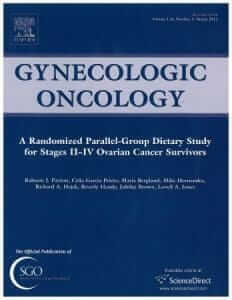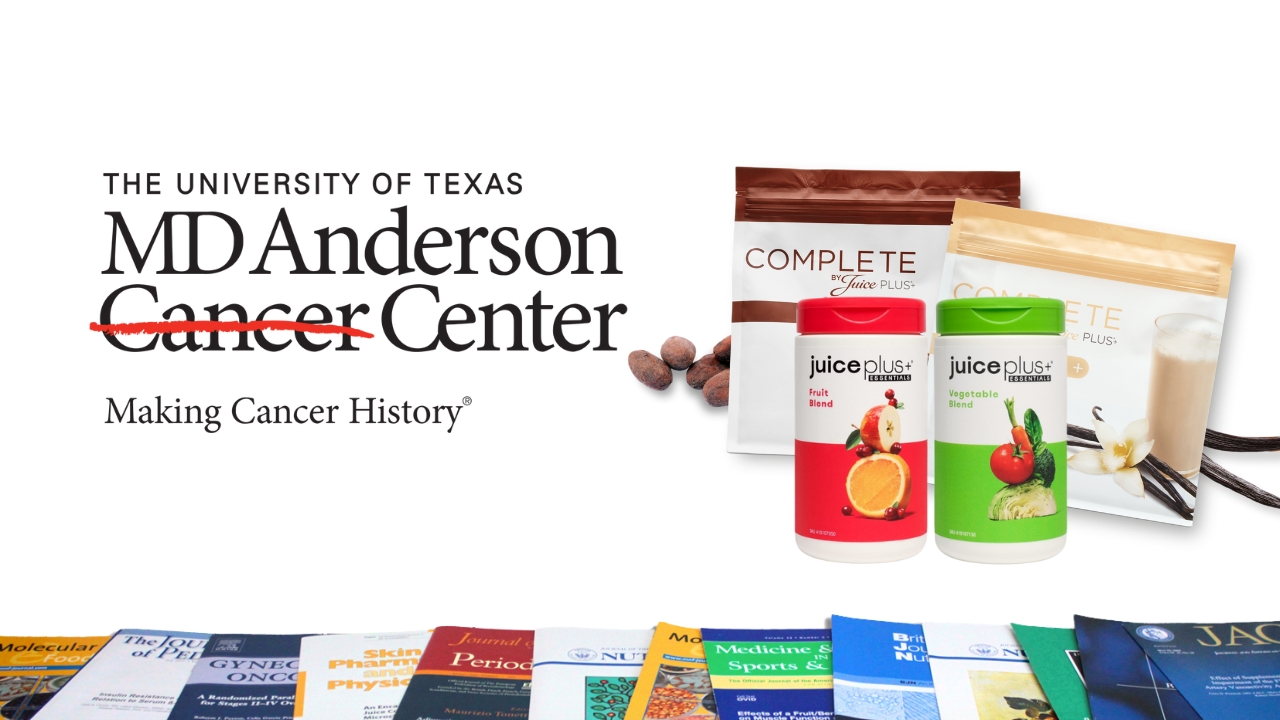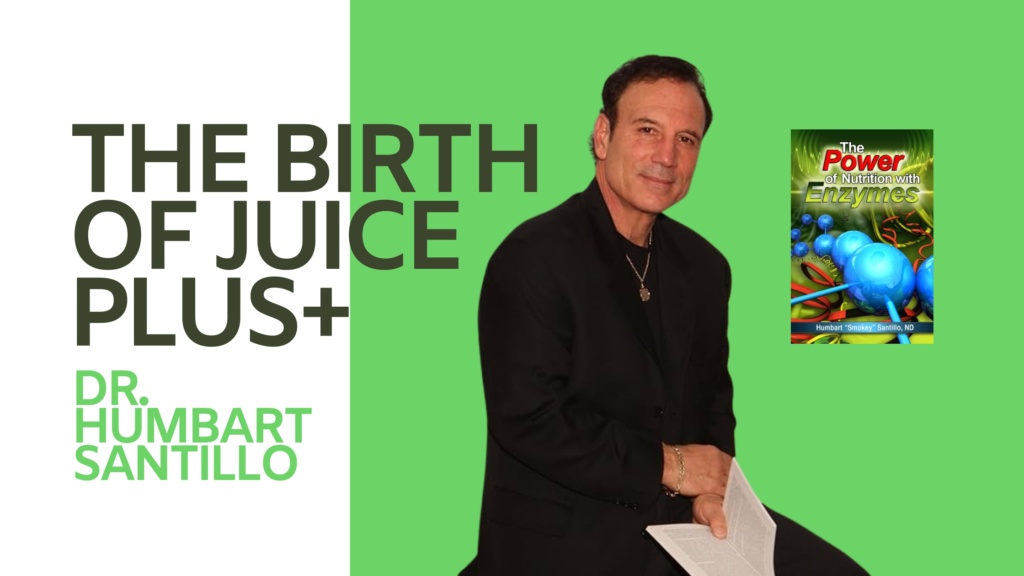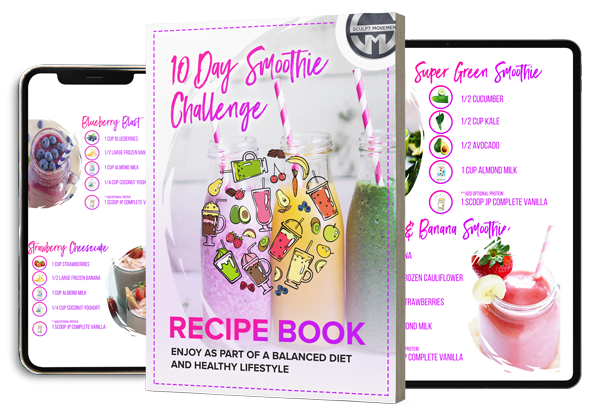Juice Plus & MD Anderson Cancer Center: Bridging the Nutritional Gap for Cancer Survivors

Publishing in the March 2012 issue of the Gynecologic Oncology Journal
Published research at M.D. Anderson Cancer Center reveals that Juice Plus can help bridge the nutritional gap for cancer survivors. Studies have shown that a higher consumption of fruits and vegetables is associated with an improved prognosis in cancer survivors. However, many people, including cancer survivors, struggle to meet the current guidelines for fruit and vegetable consumption. Researchers at the University of Texas M.D. Anderson Cancer Center hypothesized that Juice Plus might help bridge that gap between the recommended daily intake of fruits and vegetables and what cancer survivors actually eat.
The Importance of Fruit and Vegetable Consumption
Higher Intake, Better Outcomes
Multiple studies indicate that an increased intake of fruits and vegetables can significantly improve the prognosis for cancer survivors. Despite this, achieving the recommended daily intake remains a challenge for many individuals. The difficulty lies in consuming the variety and quantity of fruits and vegetables necessary to meet dietary guidelines.
The Study at M.D. Anderson Cancer Center
Research Design and Methodology
In the study, ovarian cancer survivors were randomly assigned to one of two diet intervention groups. The first group was instructed to follow the Women’s Healthy Eating & Living (WHEL) diet, which includes 10 servings of fruits and vegetables a day. The second group was advised to consume 5 servings of fruits and vegetables daily, supplemented with Juice Plus Fruit & Vegetable Blend capsules and Juice Plus Complete Shake. As it was a dietary intervention study, no placebo was used.
Published Findings from M.D. Anderson Cancer Center
Results from the Gynecologic Oncology Journal
The study was published in the March 2012 issue of the Gynecologic Oncology Journal. After six months, the results demonstrated that the “5-a-day” diet supplemented with Juice Plus was essentially equivalent to the Women’s Healthy Eating & Living “10-a-day” diet across various measured parameters. Both diets increased blood levels of key antioxidants and phytonutrients, maintained similar levels of key markers of cellular health, and sustained the health-related quality of life status of the participants.
Key Outcomes of Juice Plus+ Study
Protein Status and Soy Safety
Notably, the study found that participants following the “5-a-day” diet with Juice Plus products had better protein status than those following the “10-a-day” diet. Additionally, the study confirmed that soy is a safe protein source for ovarian cancer survivors. This is significant as it supports the inclusion of Juice Plus Complete Shake, which contains soy, in their diet.
Bridging the Gap
Complementing Fruit and Vegetable Intake
The researchers concluded that Juice Plus is not intended to replace fruit and vegetable consumption but to complement it. For the women in the study who found it challenging to consume 10 servings of fruits and vegetables daily, Juice Plus effectively helped bridge the nutritional gap. This finding underscores the potential of Juice Plus to support cancer survivors in achieving their dietary goals and improving their overall health.
Conclusion: Juice Plus and M.D. Anderson Cancer Center
Juice Plus and Cancer Survivor Nutrition
The research at M.D. Anderson Cancer Center highlights the valuable role Juice Plus can play in supporting the nutritional needs of cancer survivors. By providing a convenient and effective way to increase the intake of essential nutrients, Juice Plus helps bridge the gap between recommended and actual fruit and vegetable consumption. This can lead to improved health outcomes and a better quality of life for cancer survivors.
For more information on the benefits of Juice Plus and to purchase products, visit the Juice Plus Shop.




